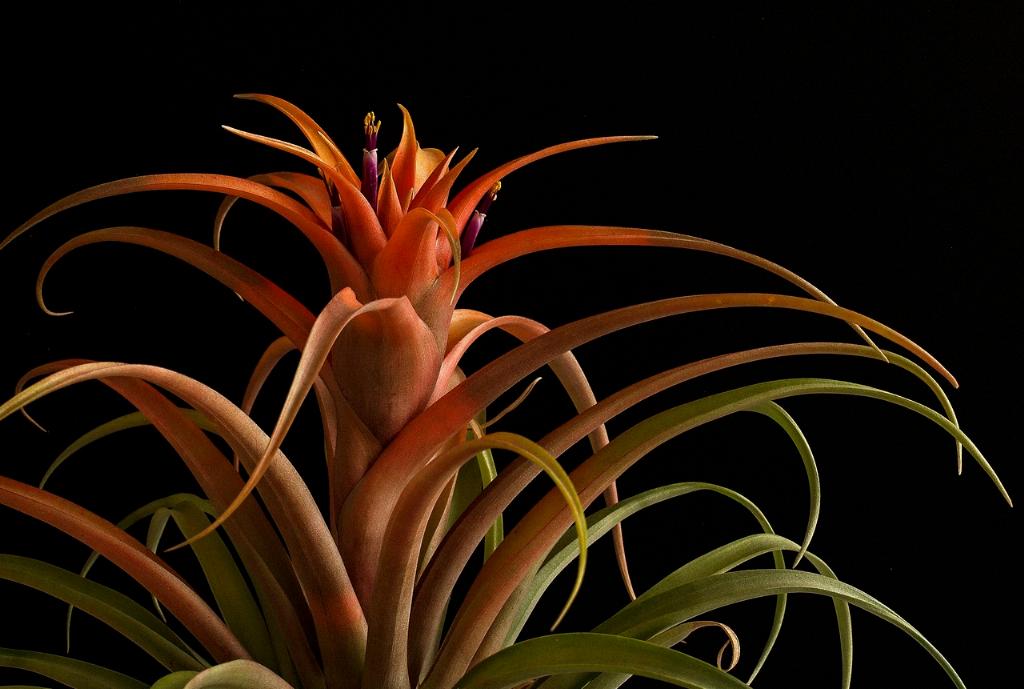Succulents are popular houseplants known for their unique, fleshy leaves and minimal care requirements. Whether you are new to succulent care or looking to enhance your existing skills, here are some essential tips to help your succulents thrive.
1. Watering Techniques
One of the keys to successfully caring for succulents is to go easy on the water. Overwatering can lead to root rot, so it’s important to allow the soil to dry out completely between waterings.
2. Container Selection
When planting succulents, choose containers with drainage holes to prevent excess water from accumulating at the roots. This helps to maintain proper soil moisture levels and prevent waterlogged conditions.
3. Soil Quality
Plant your succulents in well-drained soil to ensure optimal growth. A sandy, gritty soil mix specifically designed for succulents will provide the perfect balance of nutrients and drainage.
4. Temperature Considerations
Succulents thrive in warm environments, but they cannot tolerate extreme heat. It’s essential to keep your succulents in a location with moderate temperatures to prevent damage to the leaves and stems.
5. Proper Lighting
To keep your succulents healthy and vibrant, ensure they receive adequate sunlight. Place them in a well-lit area or near a sunny window where they can get at least six hours of indirect sunlight each day.
6. Color Maintenance
To maintain the vibrant colors of your succulents, it is crucial to provide them with enough sunlight. Insufficient light can cause them to become pale and lose their characteristic hues.
7. Seasonal Changes
During the winter months, succulents enter a period of dormancy and require less water. Reduce your watering frequency and allow the soil to dry out more between waterings to accommodate their changing growth patterns.
8. Outdoor Exposure
Consider taking your succulents outside during warmer months to benefit from natural sunlight and fresh air. Be cautious of extreme weather conditions and provide shade when necessary to prevent sunburn.
9. Soil Texture
When selecting soil for your succulents, opt for a coarse, porous mix that allows for proper drainage. This type of soil structure helps prevent waterlogging and promotes healthy root development.
10. Fertilization Needs
While succulents are relatively low-maintenance plants, occasional fertilization can help support their growth. Use a balanced, water-soluble fertilizer diluted to half-strength to avoid overfeeding your succulents.
11. Pruning and Maintenance
Regularly check your succulents for any signs of pests or diseases and promptly remove any affected leaves or stems. Pruning can help maintain the plant’s shape and encourage new growth.
12. Repotting Guidelines
As your succulents grow, you may need to repot them to provide more space for their roots to spread. Repotting is typically done every 2-3 years or when the plant outgrows its current container.

